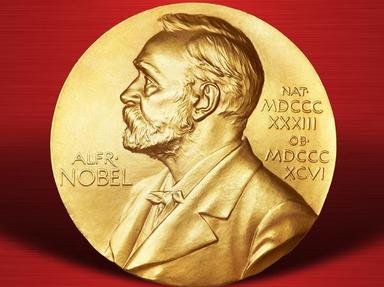
Nobel Laureates in Science Trivia Quiz
Here are excerpts from the citations that accompanied the award of some Nobel Prizes in scientific fields - Chemistry, Physics and Physiology or Medicine. Can you replace the missing words to complete each citation or identify the recipient?
by looney_tunes.
Estimated time: 4 mins.